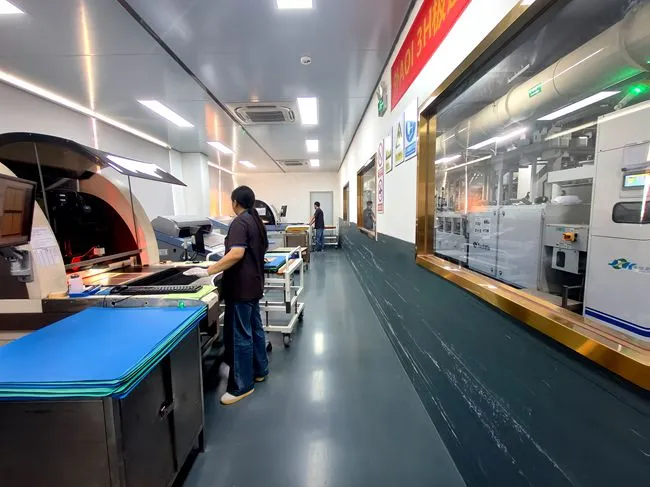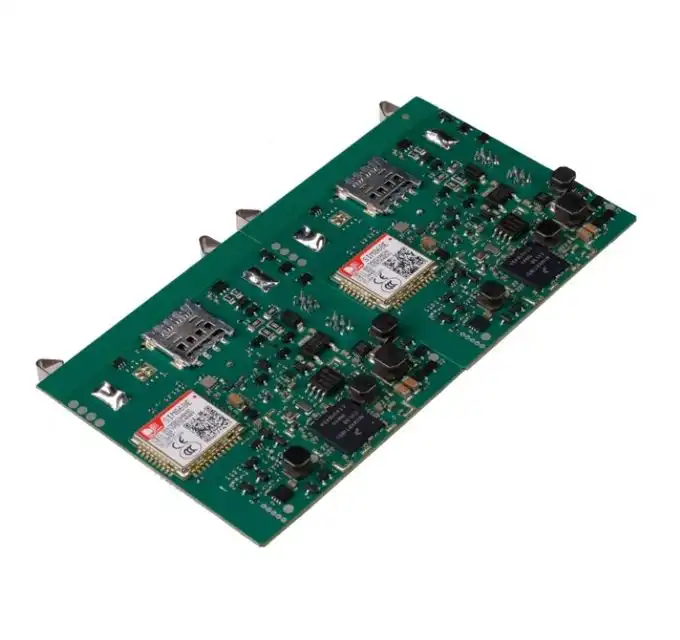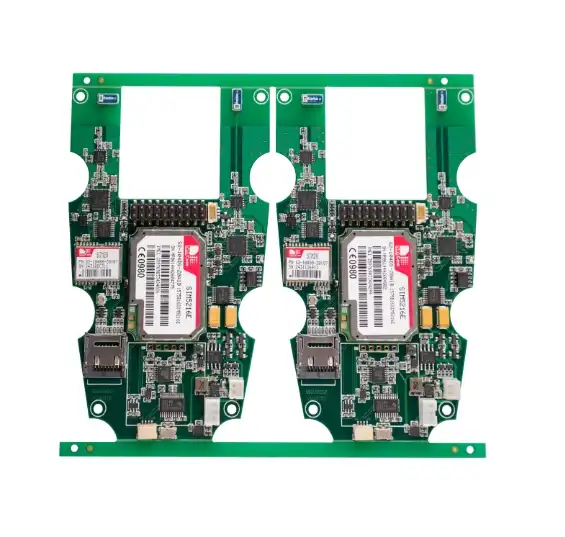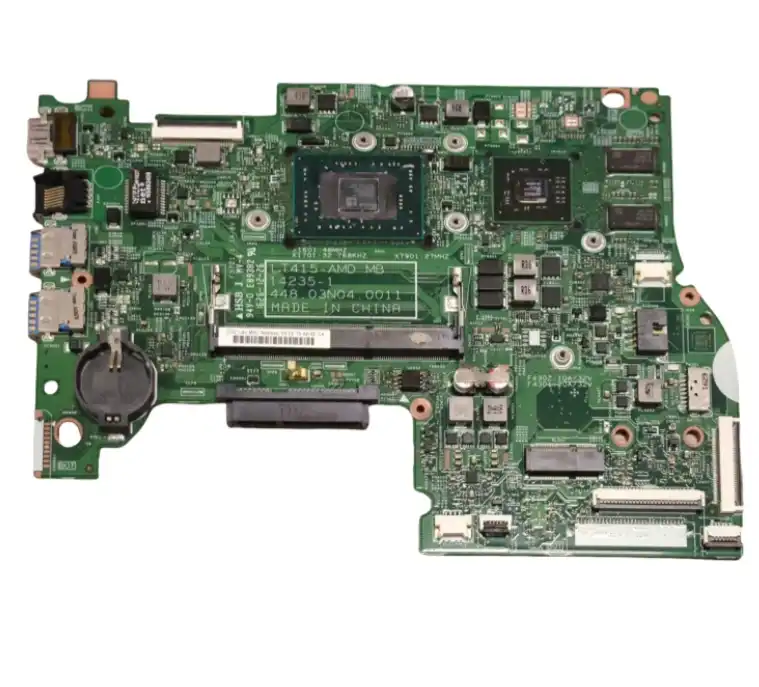Optimizing Design and Component Selection for Efficient PCBA Production
The foundation of a smooth PCBA production process lies in the initial design and component selection. A well-thought-out design can significantly reduce production time and potential issues down the line. When approaching your PCBA design, consider the following aspects:
Design for Manufacturability (DFM)
Implementing Design for Manufacturability principles is crucial for optimizing PCBA production timelines. DFM involves creating a design that not only meets functional requirements but also considers the manufacturing process. This approach can help reduce production time, minimize errors, and lower costs. Key DFM considerations include:
- Standardizing component sizes and types where possible
- Ensuring adequate spacing between components for easy assembly
- Avoiding unnecessarily tight tolerances
- Designing for automated assembly processes
By incorporating these principles, you can significantly streamline the PCBA production process, reducing the likelihood of manufacturing delays and rework.
Strategic Component Selection
The choice of components plays a vital role in PCBA production efficiency. Opt for readily available components with multiple sourcing options to avoid supply chain disruptions. Consider the following strategies:
- Use common, standardized components when possible
- Avoid end-of-life or obsolete components
- Maintain a list of alternative components for critical parts
- Work with your PCBA manufacturer to identify preferred suppliers
By carefully selecting components, you can minimize procurement delays and ensure a smoother production process.
Early Collaboration with Manufacturers
Engaging with your PCBA manufacturer early in the design process can yield significant benefits. Their expertise can help identify potential manufacturing challenges before they become issues. Consider the following collaborative approaches:
- Share design files early for manufacturability feedback
- Discuss component availability and potential alternatives
- Explore options for optimizing the production process
- Align on quality standards and testing procedures
This proactive collaboration can lead to a more efficient PCBA production process, reducing the likelihood of delays and ensuring faster delivery times.
Streamlining PCBA Production Processes for Enhanced Efficiency
Once the design is optimized, focusing on streamlining the actual production processes can significantly reduce timelines. Efficient PCBA production relies on a combination of advanced technology, skilled workforce, and well-organized workflows. Let's explore some key strategies to enhance production efficiency:
Implementing Advanced Production Management Systems
Utilizing state-of-the-art production management systems can dramatically improve efficiency in PCBA manufacturing. These systems offer real-time visibility into the production process, allowing for quick decision-making and problem-solving. Key features to look for include:
- Real-time production tracking and monitoring
- Automated scheduling and resource allocation
- Quality control integration
- Predictive maintenance capabilities
By leveraging these advanced systems, PCBA manufacturers can optimize resource utilization, reduce downtime, and identify bottlenecks promptly, all contributing to faster production timelines.
Optimizing Production Line Setup
The layout and setup of the production line play a crucial role in PCBA manufacturing efficiency. A well-designed production line can minimize movement, reduce errors, and increase throughput. Consider the following optimization strategies:
- Implement lean manufacturing principles to eliminate waste
- Use modular production line setups for quick changeovers
- Optimize component placement for efficient pick-and-place operations
- Integrate inline automated optical inspection (AOI) systems
These optimizations can lead to significant time savings in the PCBA production process, contributing to faster overall delivery times.
Continuous Process Improvement
Adopting a culture of continuous improvement is essential for maintaining and enhancing PCBA production efficiency over time. This involves regularly analyzing production data, identifying areas for improvement, and implementing changes. Key aspects of continuous improvement include:
- Regular production line audits and performance reviews
- Employee training and skill development programs
- Encouraging feedback and suggestions from production staff
- Staying updated with the latest PCBA manufacturing technologies
By consistently refining processes and adopting new technologies, PCBA manufacturers can continually reduce production times and improve delivery speeds.
Effective Communication and Collaboration for Accelerated PCBA Production
While optimizing design and streamlining processes are crucial, effective communication and collaboration can be the linchpin in accelerating PCBA production timelines. Clear, timely, and transparent communication between all stakeholders can prevent misunderstandings, quickly resolve issues, and ensure everyone is aligned towards the goal of faster delivery. Let's explore some key strategies for enhancing communication and collaboration in PCBA production:
Establishing Clear Communication Channels
Setting up robust communication channels is essential for smooth PCBA production. This involves creating a structured system for information sharing and problem-solving. Consider implementing the following:
- Regular status update meetings with all key stakeholders
- Dedicated project management tools for real-time updates
- Clear escalation procedures for addressing issues
- Open lines of communication between design, production, and quality control teams
By ensuring all parties have access to the latest information and can quickly communicate concerns, potential delays can be addressed proactively, keeping production on track.
Collaborative Problem-Solving
When issues arise during PCBA production, a collaborative approach to problem-solving can lead to quicker resolutions. This involves bringing together expertise from various departments to address challenges. Key aspects of collaborative problem-solving include:
- Cross-functional teams for tackling complex issues
- Regular brainstorming sessions to identify potential improvements
- Encouraging a culture of open dialogue and idea sharing
- Implementing lessons learned from past projects
This collaborative approach not only helps resolve current issues faster but also contributes to ongoing process improvements, leading to more efficient PCBA production in the long term.
Leveraging Technology for Enhanced Collaboration
Modern technology offers numerous tools that can significantly enhance collaboration in PCBA production. These tools can bridge geographical distances and provide real-time insights into the production process. Consider implementing:
- Cloud-based project management platforms for centralized information sharing
- Video conferencing tools for remote collaboration and problem-solving
- IoT sensors and dashboards for real-time production monitoring
- Augmented reality tools for remote assistance in troubleshooting
By leveraging these technologies, PCBA manufacturers can foster better collaboration, make informed decisions quickly, and ultimately accelerate the production process.
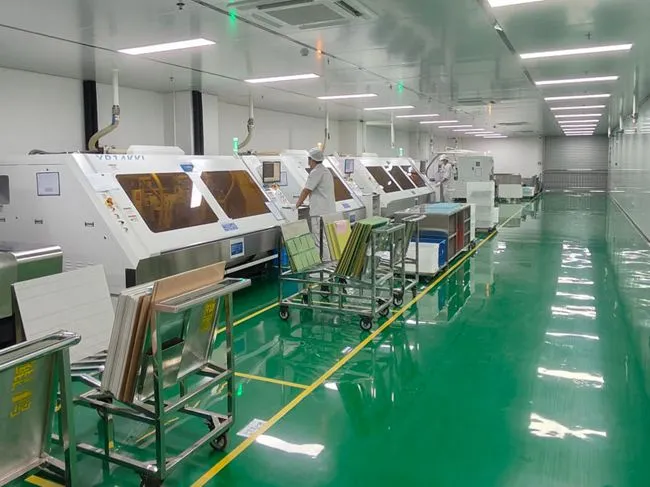
Conclusion
Navigating PCBA production timelines for faster delivery requires a holistic approach that encompasses optimized design, streamlined processes, and effective communication. By implementing the strategies discussed in this article, PCBA manufacturers and suppliers can significantly reduce production times and meet the growing demand for quick turnaround in the electronics industry. Remember, the key to success lies in continuous improvement and adaptation to new technologies and methodologies. As you seek to optimize your PCBA production, consider partnering with experienced PCBA manufacturers who can provide the expertise and resources needed to achieve your speed-to-market goals.
FAQ
What is the average timeline for PCBA production?
PCBA production timelines can vary widely depending on complexity, volume, and component availability. Typically, it ranges from 1-4 weeks for standard projects to 8-12 weeks for more complex ones.
How can I reduce PCBA production costs without sacrificing quality?
To reduce costs, consider design optimization, strategic component selection, and working with a manufacturer that offers volume discounts. Always prioritize quality to avoid costly rework.
What are the most common causes of delays in PCBA production?
Common delays include component shortages, design errors, quality issues, and inefficient production processes. Proactive planning and communication can help mitigate these risks.
Accelerate Your PCBA Production with Expert Solutions | Ring PCB
At Ring PCB, we specialize in delivering fast, high-quality PCBA production solutions. Our team of 500+ professionals combines expertise in R&D, manufacturing, and customer support to optimize your PCBA projects for speed and efficiency. With our advanced production management systems, 24/7 operation, and global support network, we ensure rapid turnaround times without compromising on quality. Experience the difference of working with a leading PCBA manufacturer and supplier. Contact us at [email protected] to accelerate your PCBA production today.
References
1. Johnson, M. (2023). "Optimizing PCBA Production Timelines: A Comprehensive Guide". Journal of Electronics Manufacturing, 45(2), 78-92.
2. Smith, A., & Brown, B. (2022). "The Impact of Design for Manufacturability on PCBA Production Speed". International Conference on Electronics Assembly, 112-125.
3. Lee, C. (2021). "Advanced Production Management Systems in PCBA Manufacturing". Electronics Production and Test, 33(4), 201-215.
4. Garcia, R., & Thompson, K. (2023). "Collaborative Approaches to Streamlining PCBA Production". IEEE Transactions on Electronics Packaging Manufacturing, 46(3), 334-348.
5. Wilson, E. (2022). "Emerging Technologies for Accelerating PCBA Manufacturing Processes". Future Electronics Review, 18(2), 45-59.
